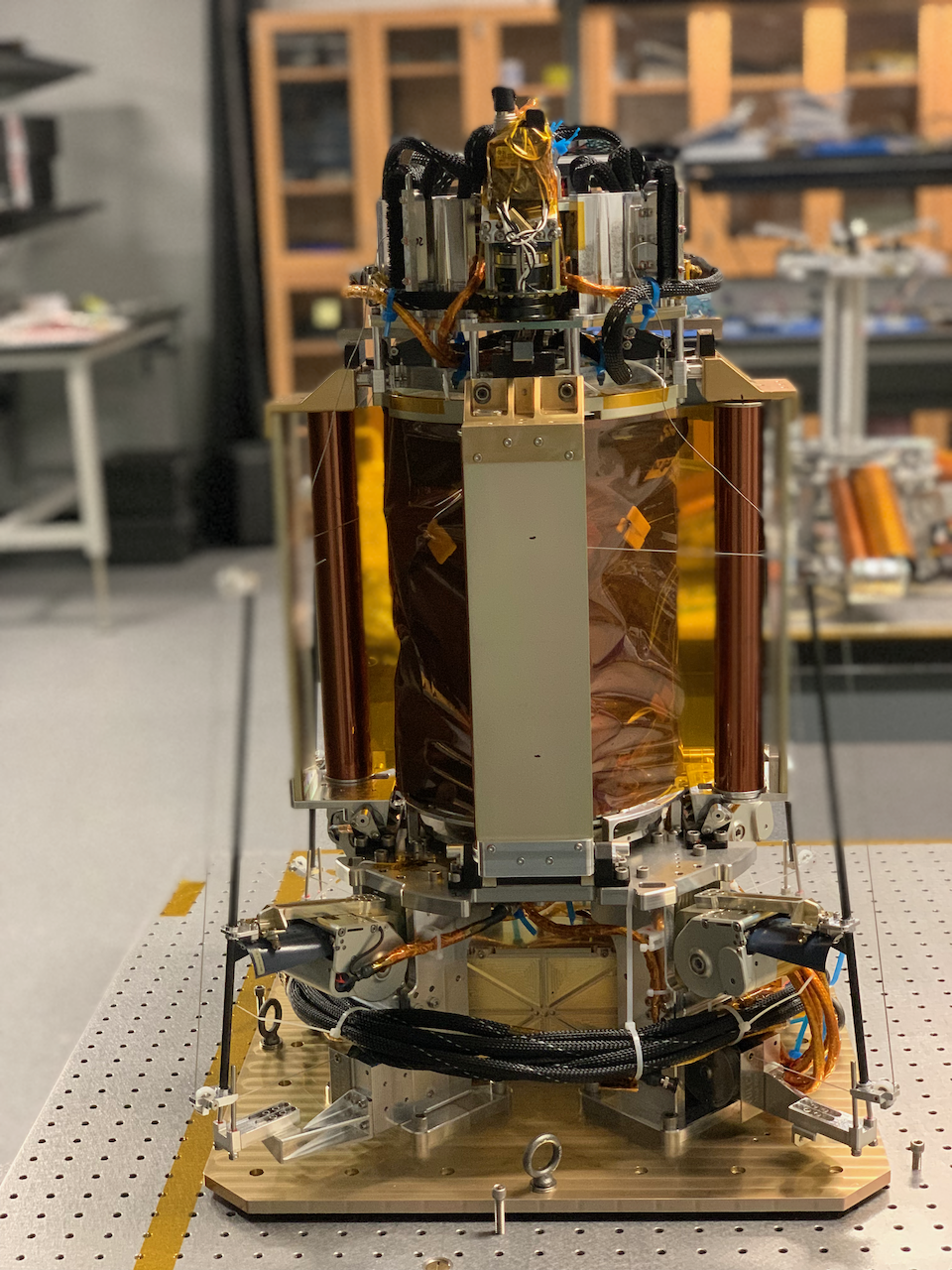

Space-based solar power hardware ready for actual testing in space
source link: https://arstechnica.com/science/2023/01/headed-to-space-today-test-hardware-for-a-solar-power-plant/
Go to the source link to view the article. You can view the picture content, updated content and better typesetting reading experience. If the link is broken, please click the button below to view the snapshot at that time.
Had to go there —
Space-based solar power hardware ready for actual testing in space
A Caltech solar power project has a payload on the latest Falcon 9 launch.
John Timmer - 1/3/2023, 7:45 PM

Solar power has become the lowest-cost way to generate electricity on Earth. But building it on Earth places some significant limits on how much power it can generate, with the darkness and clouds that often get in the way. So there have always been a few people who liked the idea of putting solar panels where they could produce electricity around the clock: space.
While that would get you near-24/7 power production, it comes with a collection of very obvious drawbacks: high launch costs, inability to service the hardware, and the challenge of getting the power back down to where it's needed. How these trade-offs play out in the energy marketplace has been difficult to determine, partly because the energy market is changing so rapidly, and partly because we don't really know what the space-based solar hardware would look like.
Thanks to some funding from a private donor, however, California Institute of Technology researchers have quietly been working on developing the technology needed to get space-based solar to work. And they're apparently ready to subject some test hardware to the rigors of space, thanks to this morning's successful Falcon 9 launch.
What do we need?
The Caltech team's intended design for a space-based power plant is shaped by simple economics: the biggest cost will be the trip to orbit, where weight is the key factor. So getting the most power out of a given weight is central to its planning. The design limits weight partly by minimizing the support structure for the functional hardware, including the wiring. It does so by making its "panels" self-contained, having their own structural support and power transmitter. These individual panels will be assembled like tiles to form a larger surface but will operate independently.
That design dictates what the Caltech team needs to test: a lightweight power transmitter, a thin membrane that can be deployed in space, and different photovoltaic materials that can be placed on the flexible membrane. And that's exactly what's now in space on their test hardware.
The hardware includes MAPLE (Microwave Array for Power-transfer Low-orbit Experiment), which is a set of lightweight, flexible microwave transmitters that are capable of the precise timing needed to make a large collection of transmitters all transmit to a single receiver. MAPLE has two different receivers on board so that the ability to direct transmission can be tested.
AdvertisementDOLCE is the Deployable on-Orbit ultraLight Composite Experiment, and it will extend once in orbit to cover a surface area of roughly four square meters. It's meant to test the framework used to extend and support the solar array in space.

Caltech isn't saying what ALBA stands for, but it will be a collection of 22 different photovoltaic materials and will be used to determine which of these holds up well to space.
All of the hardware is attached to a commercial orbital transfer vehicle, used to carry smaller satellites to their intended orbit. Tests of DOLCE, which largely consist of determining whether it successfully unfolds, should happen relatively quickly, with the results captured by onboard video cameras and streamed back to Earth. By contrast, they expect that tests of the photovoltaic materials will require about six months in orbit to produce clear results.
First steps
It's not hard to see why this was done by a university team rather than a private company. Space is expensive, and we're not even sure which technologies would work for producing and transmitting power from orbit. This would be a very high-risk pursuit for a private company, especially given the rate at which the cost of Earth-based renewable power has been dropping. Based on where we are with testing, it's likely to be a considerable amount of time before we can deploy an operational space-based solar plant.
But in some ways, that timing may be appropriate. Current estimates are that we can get to very high percentages of renewable power—in the neighborhood of 70 percent—without too much difficulty. Decarbonizing the power grid from that point on, however, becomes progressively more difficult, as issues like seasonal changes and rare weather events that dramatically cut power production become increasingly difficult to manage.
Very few places on the planet are close to that 70 percent point, and very few places have committed to fully decarbonizing their power grid. So it's likely we won't face the difficult challenges for decades. So, there's a chance that space-based solar power will be sorted out by roughly the same time we'll need to be taking the most difficult and expensive steps toward decarbonization.
Recommend
About Joyk
Aggregate valuable and interesting links.
Joyk means Joy of geeK